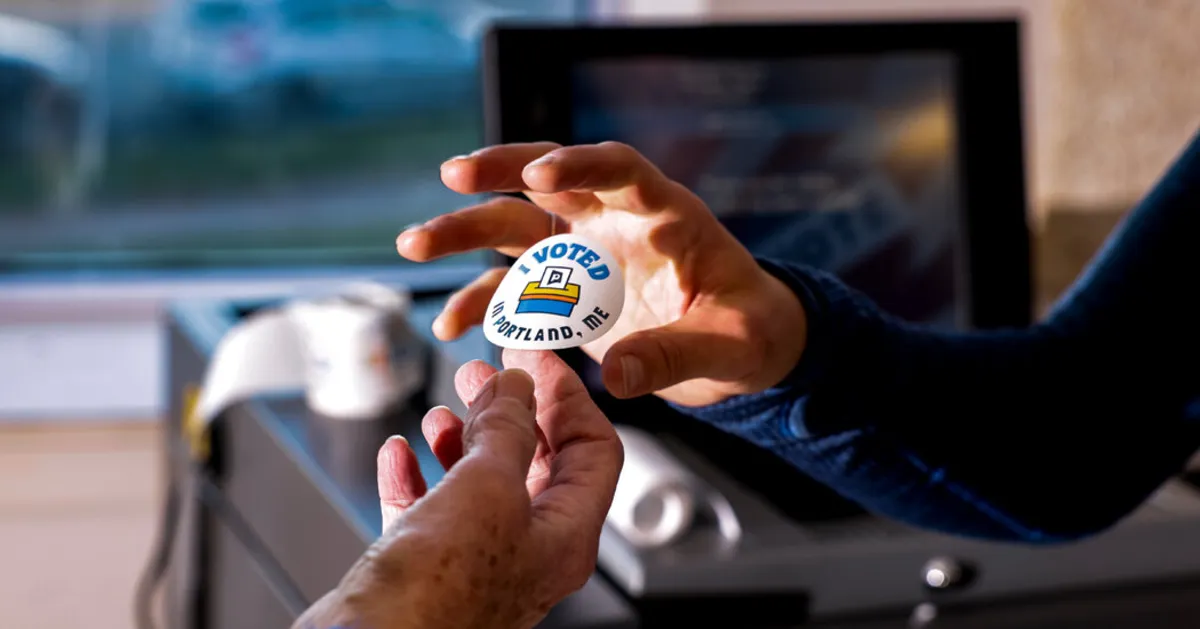
The recent victories of a democratic socialist in the New York mayor’s race and two moderate Democrats in the gubernatorial races of Virginia and New Jersey mark the beginning of a significant struggle for the future of the Democratic Party. This political landscape is characterized by a divide between centrists and progressives, each advocating for different approaches to policy and governance.
On one side of this ideological spectrum are centrists like Abigail Spanberger of Virginia, who, in her victory speech, emphasized that voters had chosen “pragmatism over partisanship” and vowed to push for “actionable policies.” This sentiment reflects a growing desire among some Democratic leaders to focus on practical solutions rather than strict ideological adherence.
Conversely, progressives such as Zohran Mamdani of New York are urging the party to resist the urge to “bow at the altar of caution.” Mamdani’s call to action suggests that the Democratic Party should embrace bold ideas and transformative policies. “Democrats can dare to be great,” he asserted, setting the stage for a clash of visions as the party heads toward the pivotal 2026 midterm elections.
The 2026 midterm elections promise to be a battleground for these competing ideologies, with numerous Democratic primary races anticipated, particularly in Senate contests. Key states with competitive Democratic primaries include Maine, Massachusetts, Michigan, and Minnesota, each presenting unique challenges and opportunities for the party.
At the heart of these primaries lies the future positioning of the Democratic Party on critical issues such as the Israeli-Palestinian conflict, tax policies, transgender rights, the influence of money in politics, and the scale of the healthcare agenda. Additionally, the party is grappling with how to effectively respond to President Trump’s populism, which remains a significant concern for many Democratic voters.
Senator Bernie Sanders, an influential figure within the party, noted in a recent interview the increasing division among Democrats regarding the party’s future. For years, senior Senate Democrats have managed to suppress primary competition in battleground states by recruiting candidates whom they believe are strongest. However, this year has seen some of that dynamic shift, as evidenced by the emerging support for more progressive candidates.
The Democratic base is showing signs of discontent with its current leaders in Washington. A new generation of ambitious politicians is pushing back against the traditional guard, raising concerns over the party’s style, substance, and strategy. The ideological direction of the Democratic Party is at a critical juncture, and as such, many see the 2026 elections as an opportunity for progressives to assert their influence.
Moderates warn that nominating candidates with more pronounced liberal stances could jeopardize winnable races, particularly at a time when every seat is crucial to counteracting Trump’s influence. Caitlin Legacki, a centrist Democratic strategist, emphasized the importance of these primaries, stating, “A lot of these primaries are going to determine whether we win general elections.”
Voter engagement in key races has surged, with turnout in New York City reportedly doubling compared to the last mayoral election. The mobilization efforts led by candidates like Mamdani have drawn significant volunteer support, contributing to a more energized Democratic base.
In Michigan, Abdul El-Sayed, a progressive Senate candidate endorsed by Sanders, expressed concerns that the party might mistakenly believe that merely opposing Trump would suffice for electoral success. He stressed the need for a clear vision of the future, urging that the party must address the underlying systems that allowed Trump to rise.
The Democratic primaries in states like Maine and Minnesota showcase the ideological schism within the party. In Maine, the recruitment of moderate Governor Janet Mills would typically be seen as a significant advantage. However, her age and the calls for generational change have led to a more competitive race, with progressive candidates like Graham Platner gaining traction.
Similarly, in Minnesota, the primary contest is also divided along ideological lines, with Lt. Gov. Peggy Flanagan advocating for progressive policies while Representative Angie Craig represents a more centrist approach. Flanagan emphasizes the need for bold fights while Craig positions herself as a pragmatic “gets stuff done” Democrat.
In Massachusetts, Representative Seth Moulton is challenging Senator Ed Markey, raising the argument for generational change within the party. With the potential entry of another progressive candidate, Representative Ayanna Pressley, the race could become even more competitive and complex.
The upcoming midterms present a crucial moment for the Democratic Party as it navigates the challenges of ideological division. With the stakes higher than ever, the outcomes of these primaries will significantly shape the party's future direction and its ability to effectively counteract the Republican agenda. As the party grapples with its identity, the voices of both moderates and progressives will play a vital role in defining what it means to be a Democrat in the years to come.